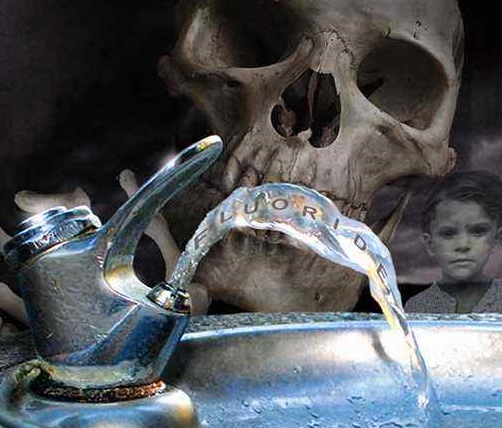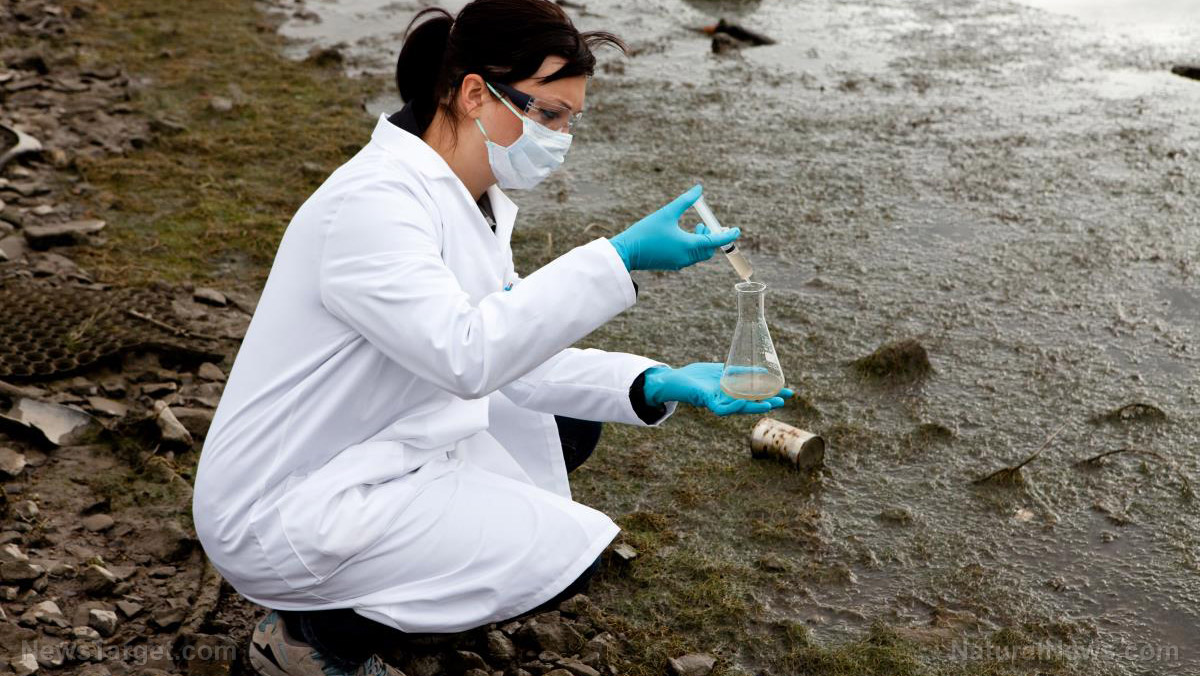
Pollution in the waterways all around the world is not a new problem, but an alarming new study recently revealed that 43.5 percent of the rivers may already contain detrimental levels of pharmaceutical pollutants.
Published last week in the Environmental Toxicology and Chemistry journal, the study found that around 461 of 1,052 sites monitored across 104 countries had concerning levels of active pharmaceutical ingredients (APIs). Researchers involved in the study said the APIs can be released during the production, use and disposal of pharmaceuticals. (Related: Environmental travesty: Toxic drug residues in rivers and lakes have increased twenty-fold, killing off bacteria beneficial to marine life.)
"Because they are biologically active molecules, APIs have the potential to adversely affect non-target organisms," they stated. To assess the effects in rivers across the world, the researchers used the results of a global monitoring study of 61 active pharmaceutical ingredients examined alongside available ecotoxicological and pharmaceutical data.
Of the 61 APIs studied, concentrations of 23 measured exceeded those currently claimed to be "safe." These substances include drugs from the antidepressant, antimicrobial, antihistamine, beta-blocker, anticonvulsant, antihyperglycemic, antimalarial, antifungal, calcium channel blocker, benzodiazepine, painkiller and progestin classes. The drugs most frequently detected were the anticonvulsant carbamazepine and diabetes medication metformin.
The analysis found that rivers in Africa had the highest proportion of sites with harmful levels of pollutants, while those in North America had the lowest proportion of sites due in large part to differences in wastewater management and treatment and the presence of pharmaceutical manufacturing.
"This is the first truly global assessment of the impacts of single pharmaceuticals and mixtures of pharmaceuticals in riverine systems," Alejandra Bouzas-Monroy, one of the study authors, said in a statement.
The researchers said future studies should focus on creating open-access datasets of APIs and other harmful pollutants to better understand the full extent of the ecotoxicological effects on the water ecosystem.
Drugs and chemicals are more dangerous when combined
The analysis concluded that the current ecotoxicological risk assessments have essentially ignored the negative collaborative effects that drugs and chemicals have when present in combinations.
According to the authors, this approach clearly has to change. In fact, research from Denmark back in 2015 has already confirmed the dangers of chemical cocktails in foods.
Led by the National Food Institute, the four-year research project on chemical cocktail effects in foods established that when two or more chemicals appear together, they often have a synergistic effect. This means that small amounts of chemicals when present together can have significant negative effects.
"Our research shows that indeed, little strokes fell great oaks also when it comes to chemical exposure. Going forward, this insight has a profound impact on the way we should assess the risk posed by chemicals we are exposed to through the foods we eat," said Anne Marie Vinggaard of the National Food Institute.
For example, even small doses of pesticides and polychlorinated biphenyls can amplify each other's negative effects when present in combinations. The same is true for the numerous drugs and chemicals that are polluting the environment.
Watch the below video that talks about the power of pharmaceutical companies.
This video is from the Gezond Verstand (Common Sense) channel on Brighteon.com.
More related stories:
Americans are most worried about water pollution, survey reveals.
New material made from recycled plastic bottles could help reduce water pollution.
Sources include:
Please contact us for more information.















